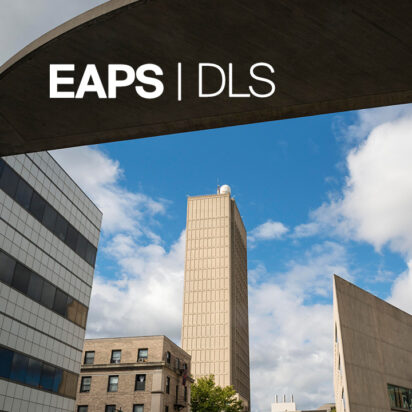
[DLS] Francis Nimmo (UC Santa Cruz)
Date: Tuesday, November 12, 2024 Time: 12:30 - 1:30pm Location: 55-110 | MIT Campus, Cambridge, MA“Isotopic Constraints on the Formation and Evolution of the Earth-Moon System”
Isotopes are useful probes of planet formation and evolution for at least two reasons. Some exhibit nucleosynthetic anomalies providing clues to their original location. Others undergo decay, providing age constraints. In this talk, I’ll discuss two or three applications of these ideas. The fact that the silicate Earth records different fractions of “carbonaceous” material in different elements implies that it experienced a change in the material it was accreting over time. The first ~90% was “non-carbonaceous”, while the last ~10% was “carbonaceous” and volatile-rich. Reconciling these constraints with existing planetary accretion scenarios is not easy. In the second part, I’ll discuss the idea that the pile-up of lunar ages around 4.35 Gyr is not the signature of magma ocean crystallization but is instead related to a tidal heating event. This story allows the Moon to be older (~4.45 Gyr or so), which is easier to reconcile with dynamical models. Time permitting, I’ll discuss the importance of the Hf-W chronometer for testing models which form the Earth rapidly out of decimeter-sized “pebbles”.
EAPS Department Lecture Series —
Weekly talks aimed to bring together the entire EAPS community, given by leading thinkers in the areas of geology, geophysics, geobiology, geochemistry, atmospheric science, oceanography, climatology, and planetary science. Runs concurrently with class 12.S501.
Contact: eapsinfo@mit.edu
